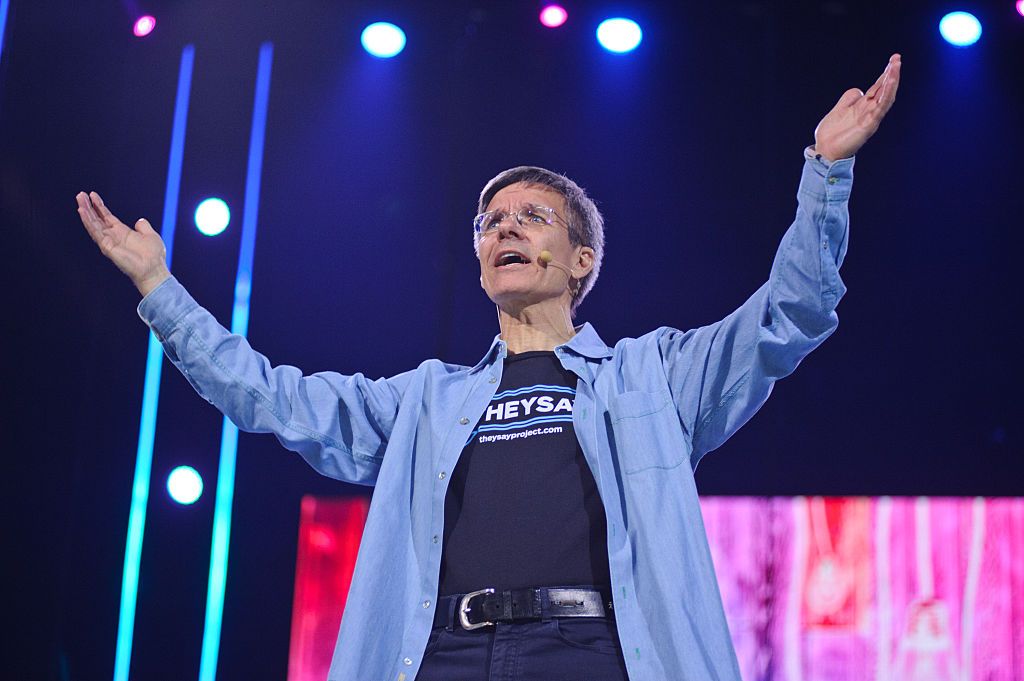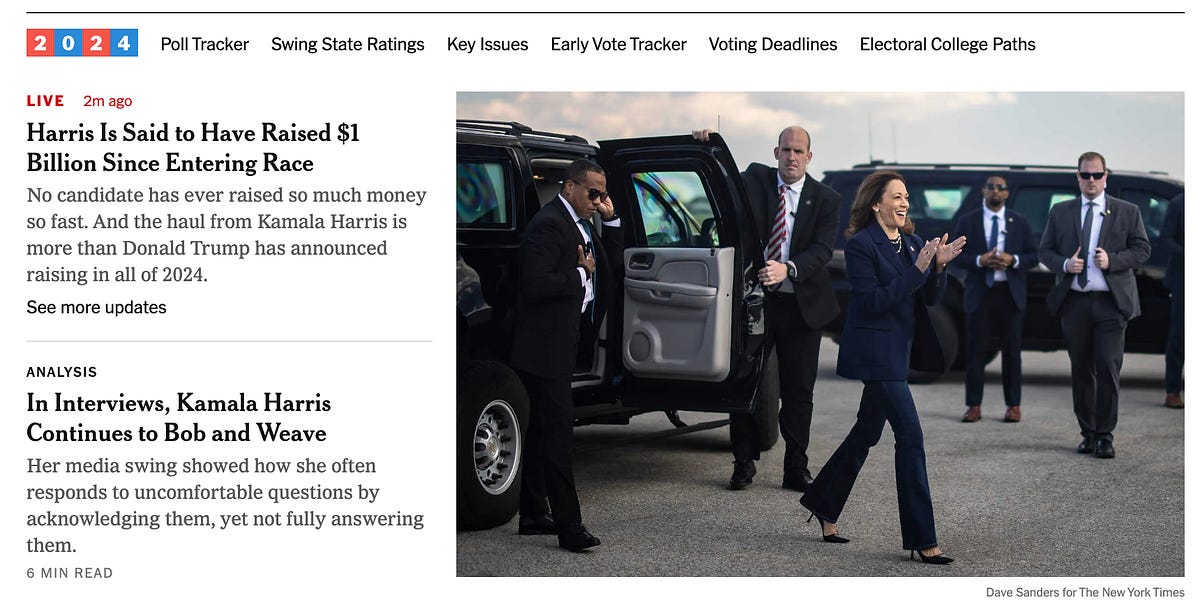
In the summer of 2021, after a long break from the office due to covid, Allstate Insurance expected employees to be excited to get back to working face-to-face with colleagues. After all, people were rushing to return to restaurants, movies and family gatherings after the pandemic started to fade. Why wouldn’t they want to go back to normal ways of working, too?
But, like so many other things in these last few years, it didn’t go exactly as planned. “We did big test-and-learns, opened up our offices and thought we’d have a big rush of people wanting to see each other,” says Stephanie Roseman, director of workforce relations, “but very few people came in.”
That’s when CEO Thomas Wilson did something few businesses of Allstate’s size and complexity have dared to do in this new, post-Covid world: Instead of mandating a return to the office, he polled employees and let them decide how the company would move forward. The result? 83 percent chose remote, 16 percent hybrid and just 1 percent preferred the office. Good as his word, Wilson went all in, sold off the insurance giant’s Northbrook, Illinois, headquarters campus and fully embraced a new way of working. Now, when the company’s nearly 46,000 employees need to meet in person, they rely on hoteling, using digital tools to reserve a desk or conference room in one of the satellite offices. “We found that we were still very productive in the remote environment during Covid, and we wanted to make sure we were listening to employee voices,” says Roseman, whose company has been thriving throughout, with revenues jumping to $50.6 billion in 2021, up more than 20 percent from the prior year.
Welcome to the front lines of the greatest labor revolution since the advent of the Internet, a work-in-progress, living lab for how we get things done. When the pandemic shut down offices and many businesses went remote overnight, most corporate leaders—and workers—assumed the change was a temporary fix for a world in crisis; once the pandemic became endemic, we would return. But a funny thing happened on the way back to the office: Many employees said, “No, thank you.” Accustomed to the daily flexibility, work-life balance and time saved commuting, they made their preference for remote work known, and a prolonged period of low unemployment and labor scarcity gave them plenty of options.

Since then, CEOs and their executive teams have been grappling with how to put work back together in a way that keeps them competitive while allowing them to hold on to their talent. Many have taken up the challenge as a chance to rethink what they do and how. “What we’re really tasked with as leaders of the organization,” says Brian Macias, president of Embrace Pet Insurance, “is finding that balance of how do we achieve the goals of the organization while also accommodating the needs and wants of our team members?”
It’s uncharted territory, and there are advantages and drawbacks to every option. “There is no playbook, no correct answer,” says Rebecca Cenni-Leventhal, CEO of Atrium Staffing. “Each CEO has to evaluate their own circumstances to determine what will work best for their companies.”
‘Challenge All of It’
Duncan Angove, CEO of digital supply chain and e-commerce fulfillment company Blue Yonder, believes we now have a tremendous opportunity to rethink the American workplace, a structure he views as based largely on archaic principles and outdated circumstances. “If you were reinventing work from first principles, you would challenge all of it.” The technology that has enabled remote work allows employees to be far more productive, he says, “and we’re not wasting time commuting and fighting traffic and things like that.”
In addition to half a dozen collaborative tools, the company also uses “gamification” to engage people, allowing them to nominate one another for awards and to earn badges. “It doesn’t mean you never bring people together,” Angove says, “but when you do, it’s not just so they can sit in cubes and send email to each other. It’s so they can have a deeply immersive human experience that bonds people.” Blue Yonder teams typically meet in person every three to four weeks to work on specific projects. But the notion that people need to be in a room together to have innovation “is a very outdated viewpoint,” he says. “We live in a digital world now, and innovation can happen online.”
Equity can emerge as a key challenge in cases where some employees are remote and others have to be on site. But good communication can help. At Correct Craft, a builder of powerboats, a lot of the staff continues to work remotely since the pandemic, using the virtual tools and technology that turned out to be a plus for both productivity and efficiency. “All of these changes were forced upon us, but we have learned to appreciate their benefits,” says CEO Bill Yeargin. While he can’t speak personally with each of his 2,000-plus employees, the video messages Yeargin sends make it easier to communicate. “Some of our team does have to be on site to work—i.e., manufacturing—but we have had no pushback from those who cannot work from home.”

That’s the strategy Lexmark used when it was devising a new work policy. “It came from a lot of discussions with employees themselves,” says Vishal Gupta, Lexmark’s global CTO, CIO and SVP of connected technology. “We created teams and had them brainstorm and say, what makes sense? We didn’t want it to be top down, but more from their recommendations. Otherwise, you know what happens—it’s the CEO making a decision, and there is a sense of ‘this is being imposed on us.’”
Starting the process, leadership knew that the best way to maintain Lexmark’s culture of innovation going forward would be to have a mix of in-person work and remote. “But how many days? Two, three?” recalls Gupta. Initially, they told employees they wanted them to come in three days, but they were free to decide which days. “That didn’t work. It just created more confusion.” Part of the problem was that people who needed to work together on teams were not in the office at the same time. “We also realized that a lot of times you’re collaborating across teams, because our work is very cross-functional. If everybody is on a different schedule, that’s not going to work.”
The company scrapped that and settled on a Flex at Lex policy: two mandatory days—Tuesday and Thursday—with the third in-office day being employee’s choice. “That lets people have some of the flexibility they’ve had since the pandemic, but also some level of predictability to be able to collaborate with team members,” says Gupta.
The New Mix
Most companies seem to be landing on a combination of remote and in-person work, as leaders recognize that employees are not willing to part with the freedom pandemic-era work afforded them. “We could have said, ‘Everybody’s gotta come back to work now.’ But in my opinion, that ‘five-days-a-week, nine-to-five in your office’ cubicle model is dead—or at least, it’s dying,” says Fleetcor CHRO Crystal Williams. “If you don’t provide some flexibility, you’re not going to attract the best and brightest.”

Fleetcor, an Atlanta-based provider of fuel cards and workforce payment products, chose to base remote versus in-person requirements on individual positions—if the job is more independently oriented, that employee can stay remote. “So we’ll have some people who are in the office all the time and some people who come in some days but not others. We’ll also have a segment who will be ‘work from anywhere,’” says Williams.
Going remote overnight during the pandemic taught the company that employees could be surprisingly productive in a remote setting, that learning could be facilitated virtually, and that they could indeed onboard people virtually. “But it also taught us that when everybody is spread all over the place, your culture suffers,” says Williams. “So you have to be much more mindful about creating culture when you are in a remote or hybrid model.”
When engagement scores dipped in 2021, Williams and her team dug into the responses. “People were crying out for more communication, more connectivity and more learning and development.” In response, leaders were asked to have quarterly town halls to address employee concerns on a variety of topics and for more skills-based training programs. They also further developed the company’s numerous employee resource groups across their various geographies, says Williams. “They have a lot of communications efforts with their specific groups, and of course, we ask allies to join as well.”
Fleetcor’s new Work from Anywhere program enabled recruiting in new markets. “If you’re in high-cost areas and you’re looking to recruit in a lower-cost area, you can pay something above market while still saving money,” says Williams. As far as equity around some employees being able to be fully remote while others have to be in office, “we did have some noise, but when we explained how we got to the conclusions we got to, it smoothed out.”
Hybrid Gains
Global consultancy Kin + Carta also saw recruiting benefits from combining in-person and remote work in that it began hiring in UK cities where it had not previously had a presence, with the plan of building physical locations around them. “Hybrid working has meant we can flip the normal process on its head—identify the talent pools and then find the office space,” says David Tuck, group CEO for Kin + Carta Europe.
The company tried to head off employee ire when announcing a new policy that would require employees to be in office for several days a week starting in January of 2023. “We gave people three-plus months to plan, specifically based on our observations around the industry that lack of planning time for employees was often criticized. Upheaval and change can be difficult, so you need to be giving your people the runway to get ready,” says Tuck. “The response has been mostly positive.” The new Edinburgh office, scheduled to open in December 2022, was also being designed with hybrid working in mind.
Macias of Embrace Pet Insurance is a fan of remote work but agrees that “nothing replaces face-to-face interaction. It’s really necessary for mentoring team members, for building relationships, for innovation.” Initially, the company asked employees to come in two days a week on a voluntary basis. “That was good for the last year and a half or so, but we needed to take it to the next level. So as we continue to iterate and experiment, we’re making two days a week mandatory moving forward for our salaried workers within a 35-mile radius.”
Having people together at least part of the time also makes it easier to have a diverse workforce where people feel comfortable debating, even arguing, “because you have real relationships with people on a personal level.” While headlines claim younger employees are the ones demanding remote work environments, Macias says he’s seen the opposite. “The younger candidates we’re talking to today want to come back to an office.”
Macias uses both virtual tools and in-person meets to shore up the Embrace culture. “Coffee with Brian,” for example, allows different groups of employees to meet virtually with the CEO on informal topics, such as favorite podcasts. “The other piece would be just taking people out to lunch or just hitting them up over Teams,” he says. “To a large extent it probably appears informal and spontaneous on the outside, and sometimes it is. But often it’s scheduled and intentional, because it’s important to me that I do it.”
Will the company see the needed level of innovation from just two days a week in the office? “We’ll find out,” says Macias, who notes that “constant testing, measuring and adapting is so important,” and no policy should be set in stone. “None of us has a crystal ball, and we don’t know how things will settle out. So it’s important for leaders and organizations to always be experimenting, tinkering and figuring out what works best for both the organization and individuals,” he says. “We need to approach it with wonder, curiosity and testing. You make small bets, and then, as those bets come to fruition, you can continue to bet incrementally—or go all in.”
See Horizon Therapeutics CEO Tim Walbert’s case for a full return to in-office work.
























































![Key Metrics for Social Media Marketing [Infographic] Key Metrics for Social Media Marketing [Infographic]](https://www.socialmediatoday.com/imgproxy/nP1lliSbrTbUmhFV6RdAz9qJZFvsstq3IG6orLUMMls/g:ce/rs:fit:770:435/bG9jYWw6Ly8vZGl2ZWltYWdlL3NvY2lhbF9tZWRpYV9yb2lfaW5vZ3JhcGhpYzIucG5n.webp)
















